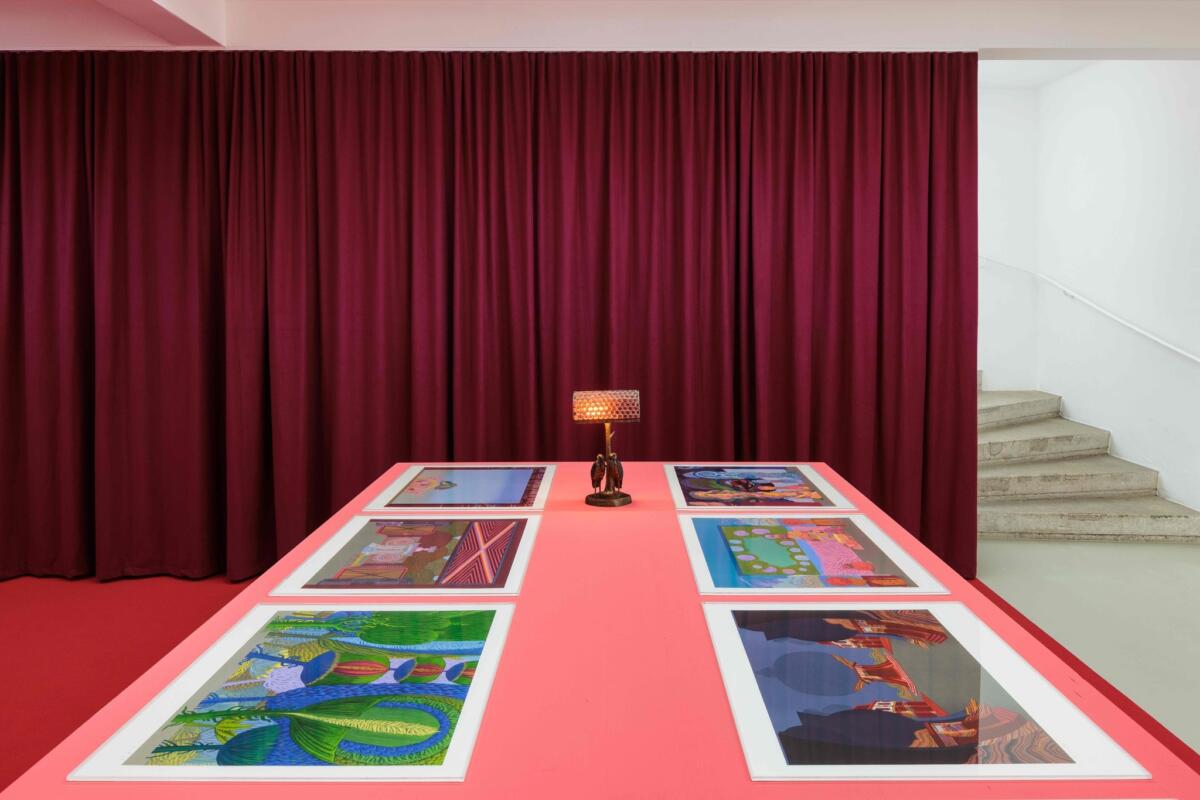
The exhibition Fantastic Surrealists takes a fresh look at the fantastic and its suppressed worlds. Along with Viennese Actionism, Fantastic Realism was probably the best-known genuinely Austrian contribution to the international art scene in recent decades, both of which developed in contrast to and for very different reasons from the most influential development at the time, Abstract Expressionism. It has been comparatively quiet around Fantastic Realism, although Surrealism and its various after-effects are in demand again, especially after the last Venice Biennale. But where does the surreal lie in the real? But isn’t Fantastic Realism and much of its work also about an ambiguous language game, that the fantastic is not in realism, but actually in surrealism? And finally, couldn’t this be the missing link for a currently productive consideration?
For large periods in the twentieth century, Austrian art was interested in the unfathomable, the other-worldly, psychological depths, and often also in violence. This can perhaps be most clearly seen in the loose group of fantastic realists, which can be roughly dated from the 1950s to the 1980s, when they were not only highly influential within contemporary discourse but also held a large number of key positions within the country’s cultural institutions, while their works entered all of Austria’s important collections. Given their dominance at the time, it is surprising that from today’s perspective they do not play a more central role in our cultural memory. Many of their works are left to themselves in museum depots and are hardly seen in most presentations of permanent collections. On the other hand, today they are now seeing something of a renaissance, which can also be explained within the context of a new interest in different forms of surrealist movements.
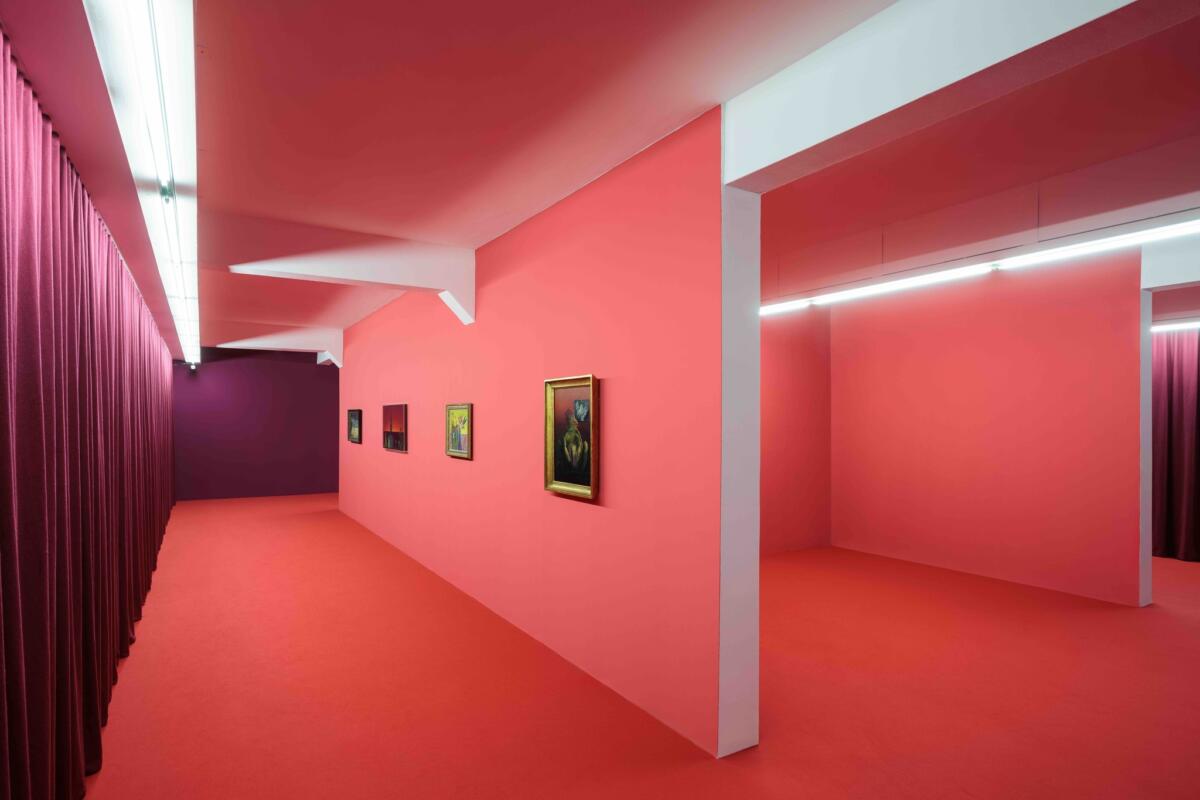
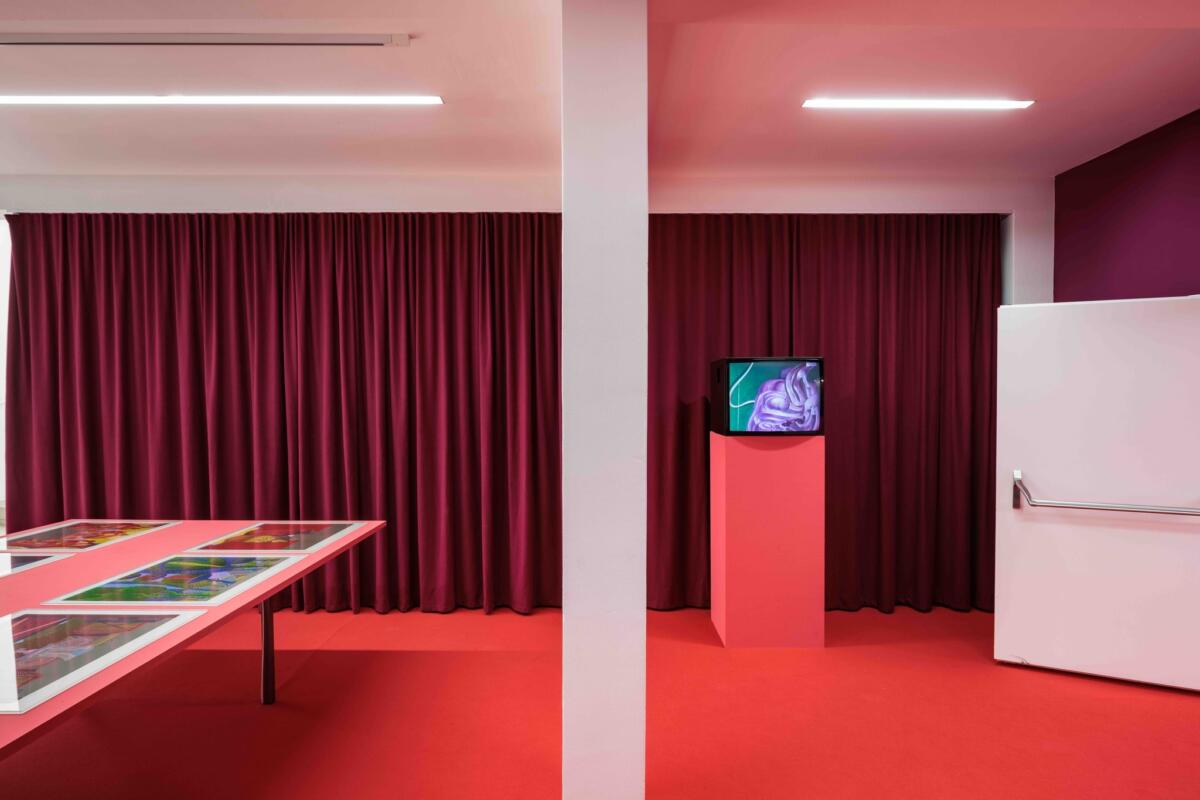

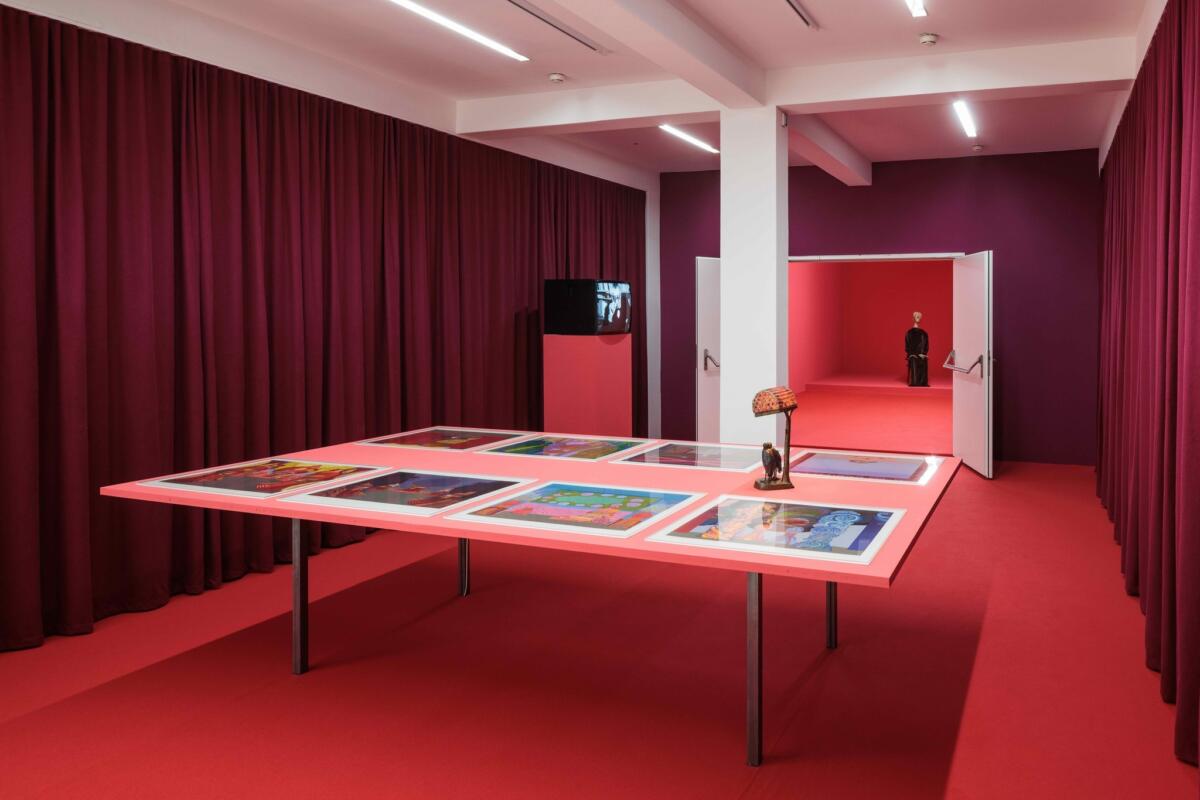
The attribution of the term Fantastic Realism came from the art critic Johann Muschik, who introduced this as a distinction and emphasis of a peculiarity of the Viennese art movement in contrast to the international French Surrealism. According to him, the Viennese artists were characterized by the perfection of craftsmanship and the consciousness of understanding in painting without turning away from rationality, who “use the fantastic element to heighten an element of reality.” In contrast, the interest in the subconscious, psychic automatisms and the executive variance is much stronger among the international actors, whereby the fantastic-erotic was seen as a connection in terms of content.
The term realism seems somewhat misleading, since it is usually associated with a socially critical political interest that depicts concrete conditions, and thus runs counter to a phantasmagorical reading. In view of many and especially early works of the group and its extended environment, a stronger view of the surrealist influences that are increasingly recognizable today is currently offered. The art movement of Surrealism, which can still be felt in its aftermath today, has developed in much more pronounced traits internationally, but comparatively not in Austria – rather restrained and shifted in parts, possibly contrary to its central power and expression. This seems all the more paradoxical, although central questions about the psyche, the body, subjectivity and history(s) have been investigated and worked through theoretically and artistically in this country as hardly anywhere else.
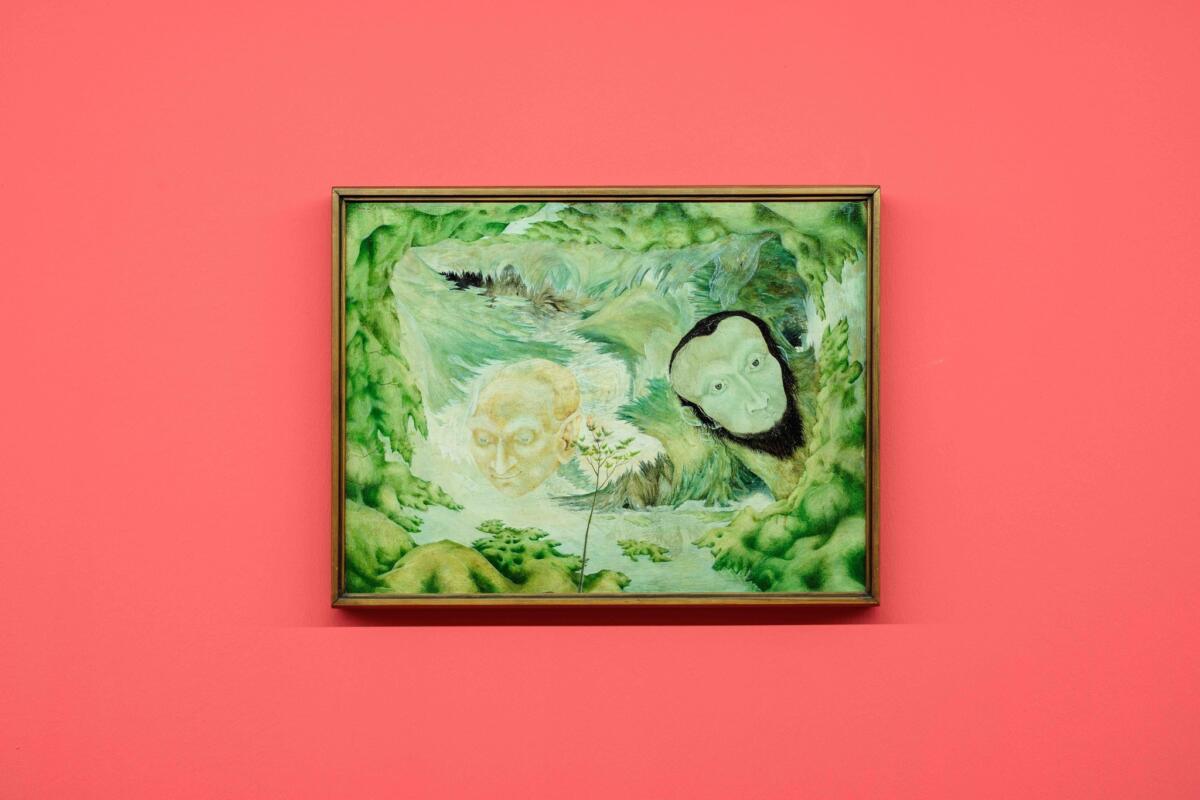
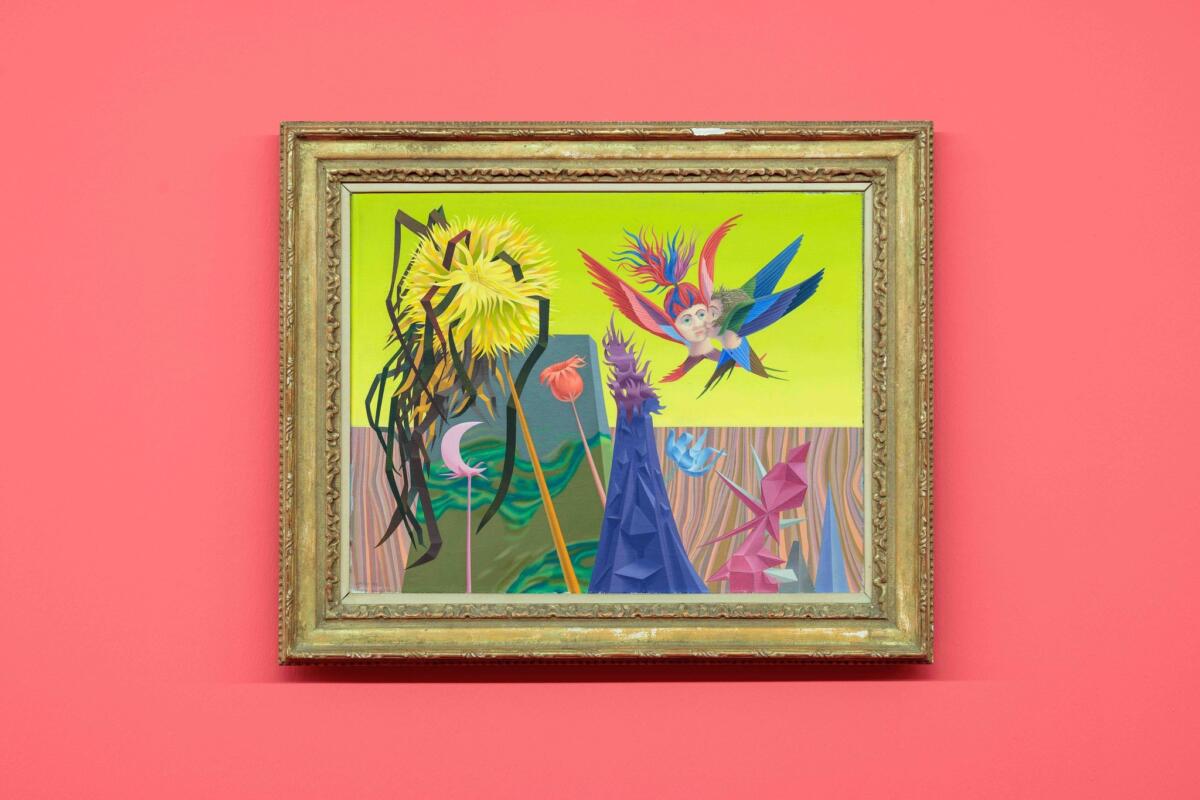
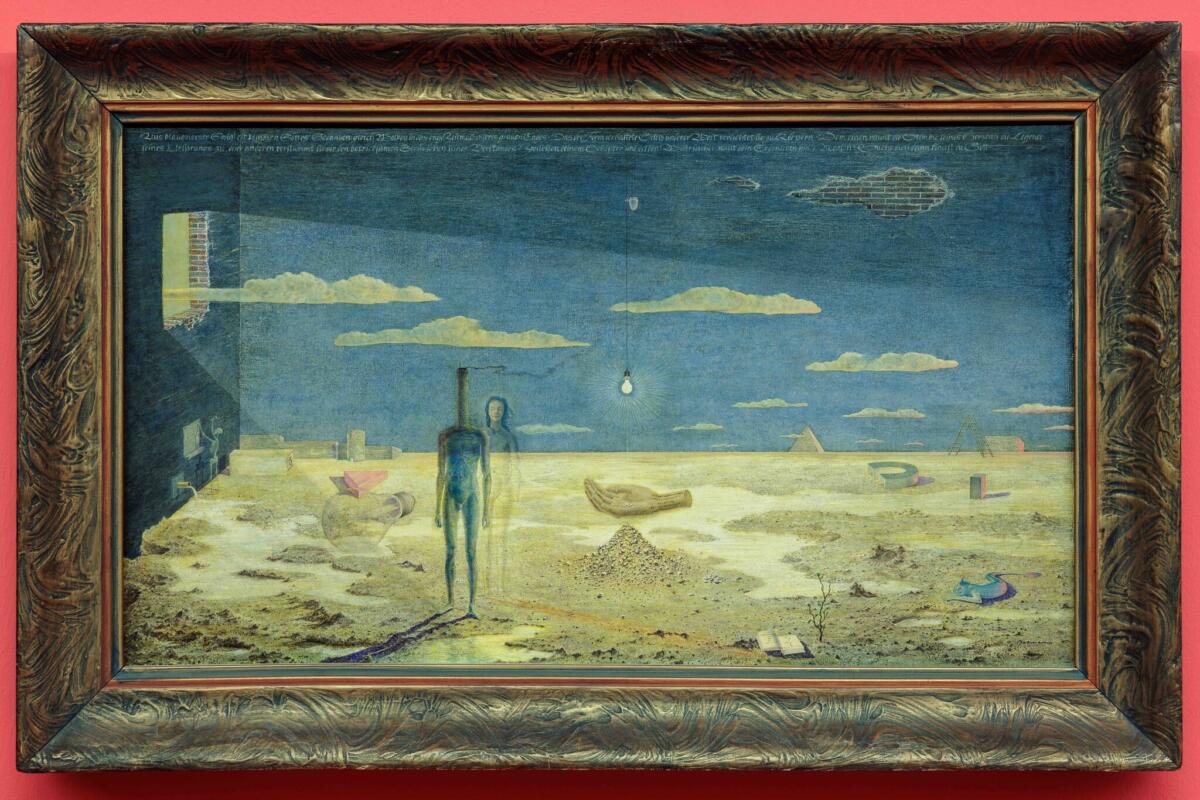


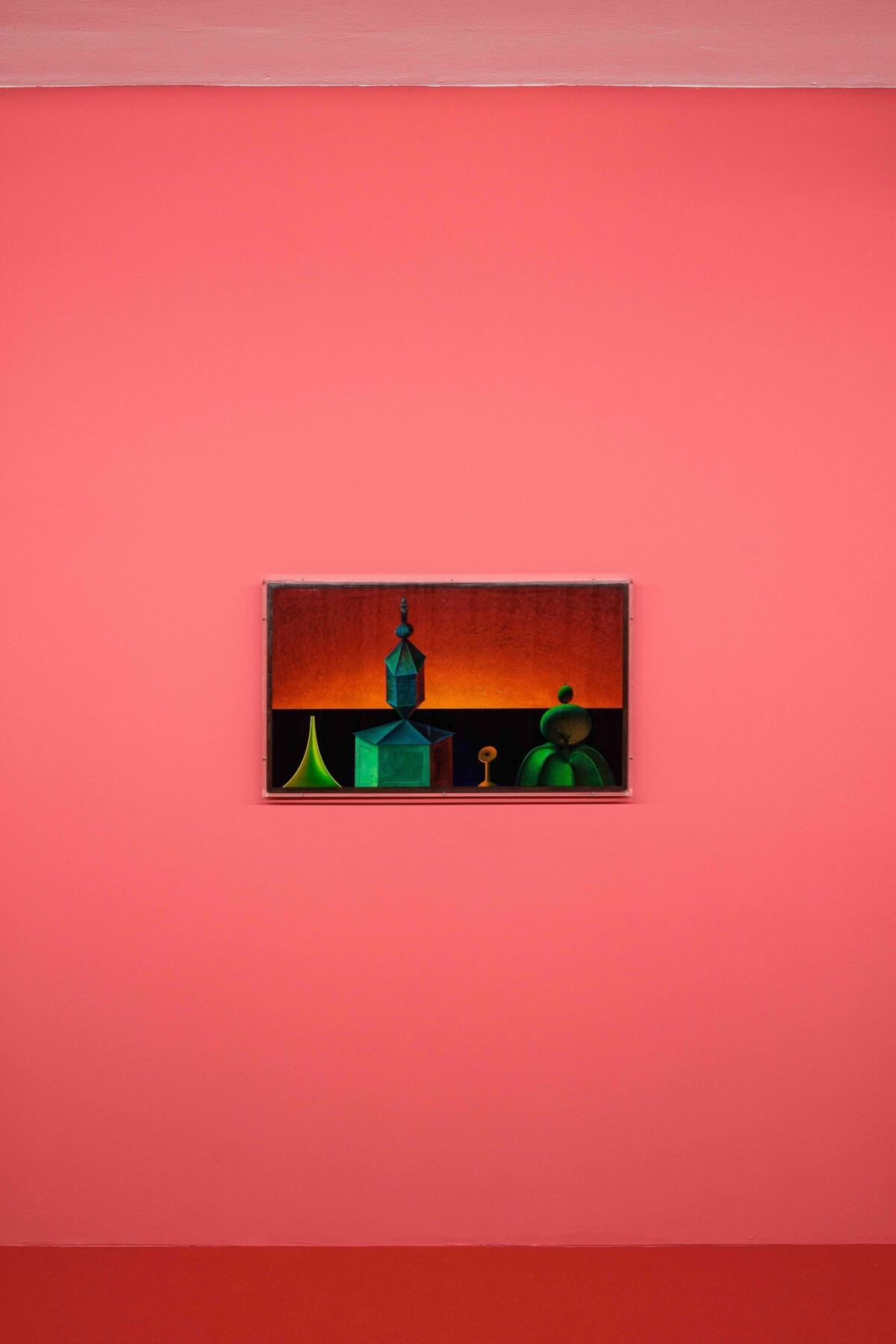
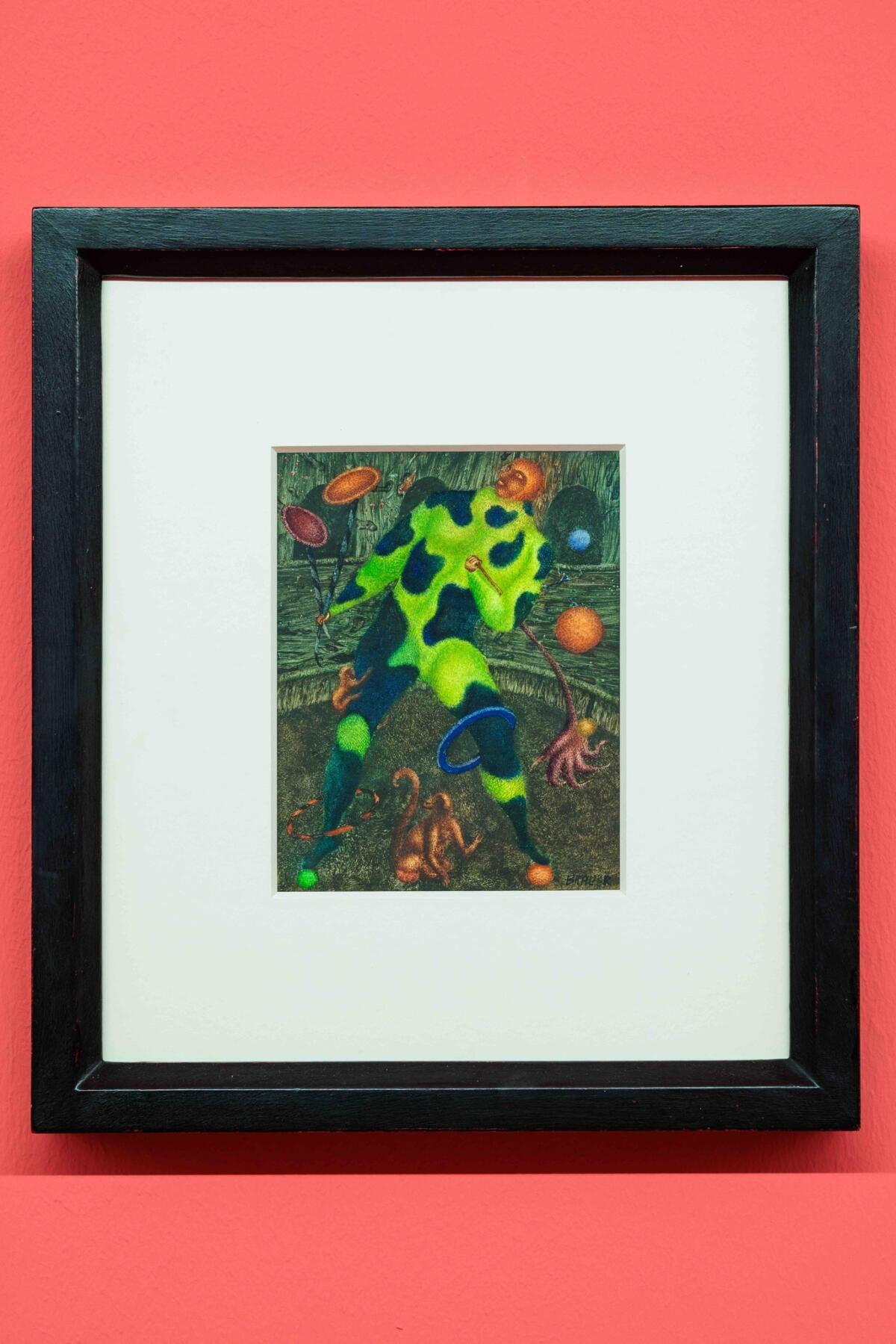
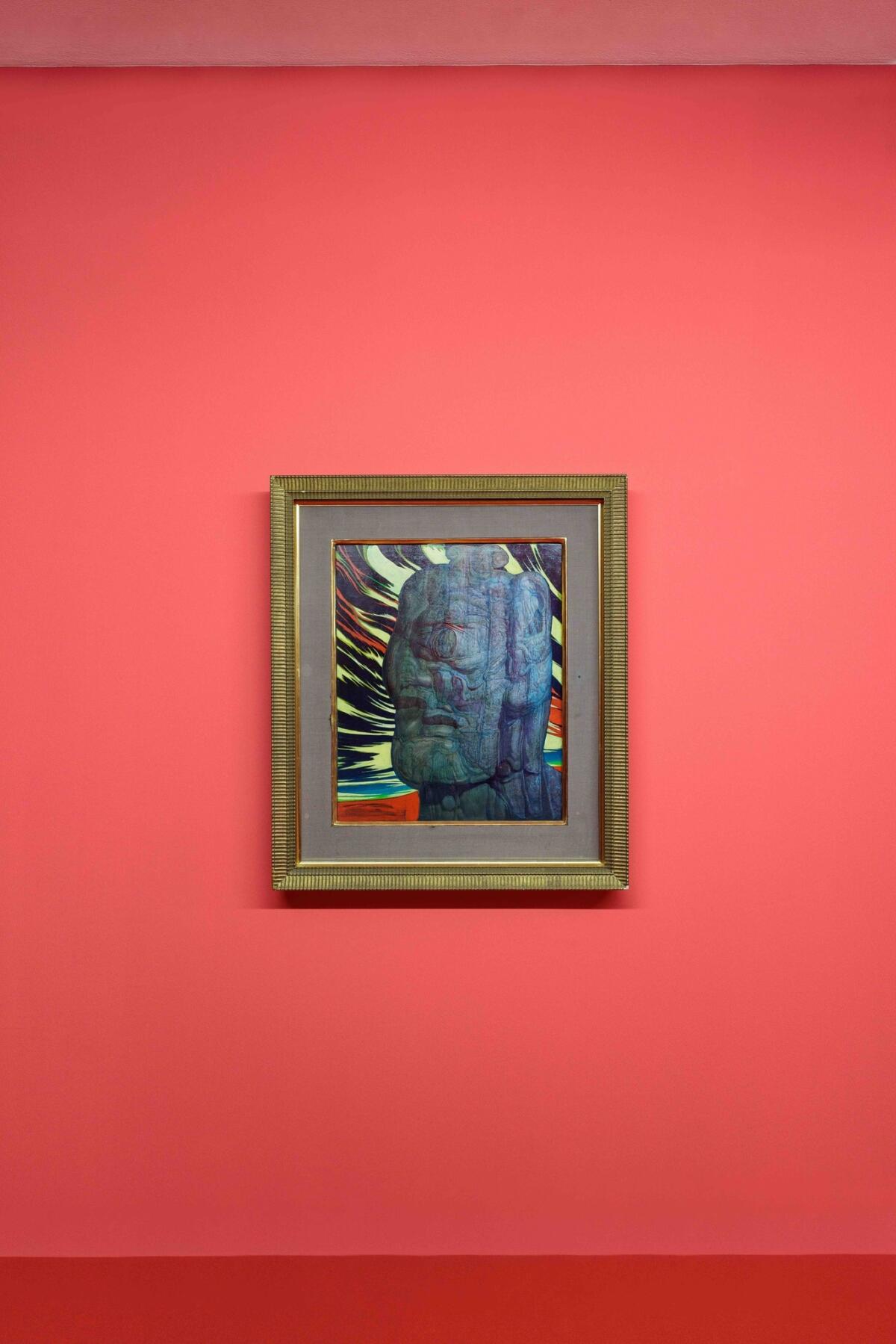
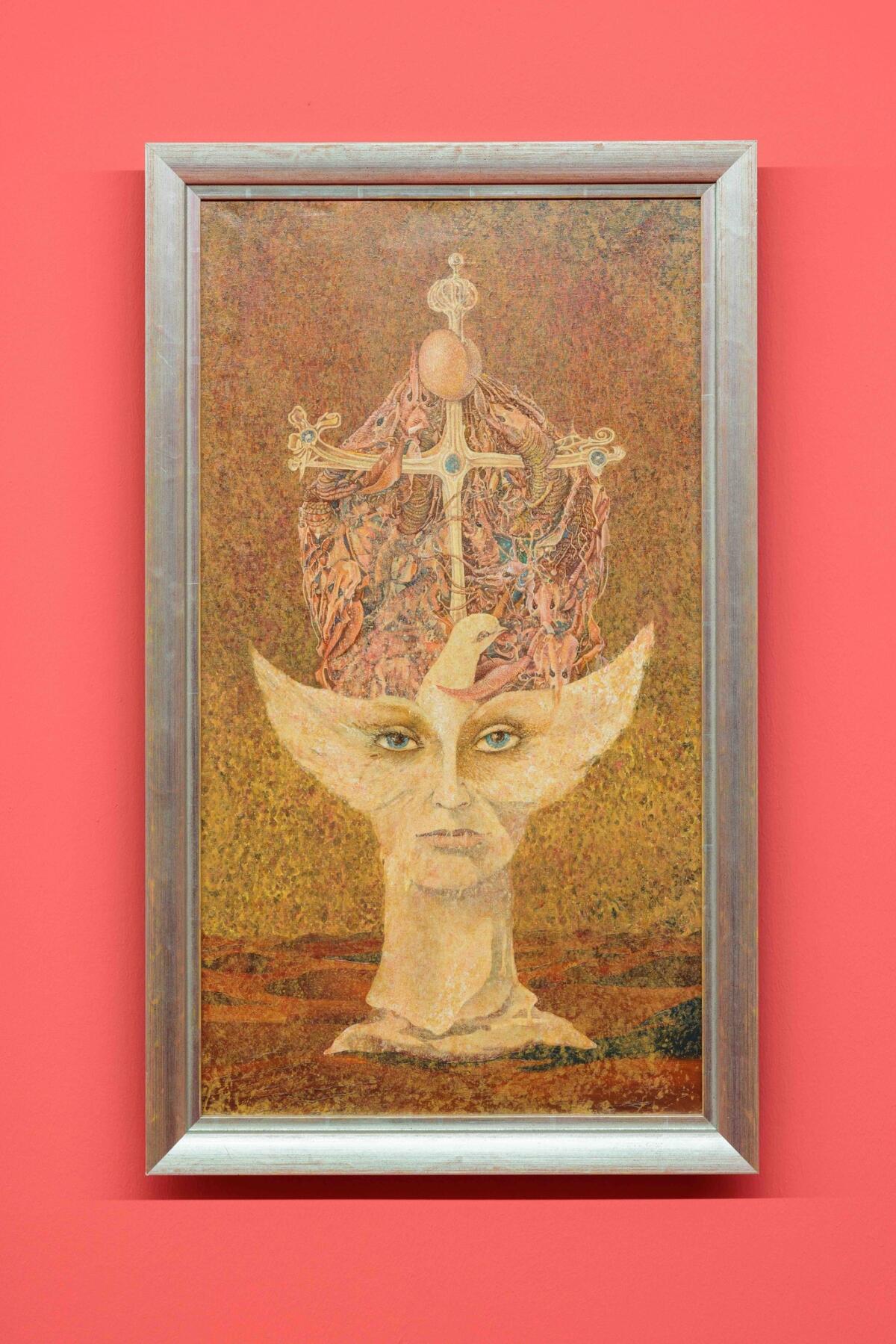
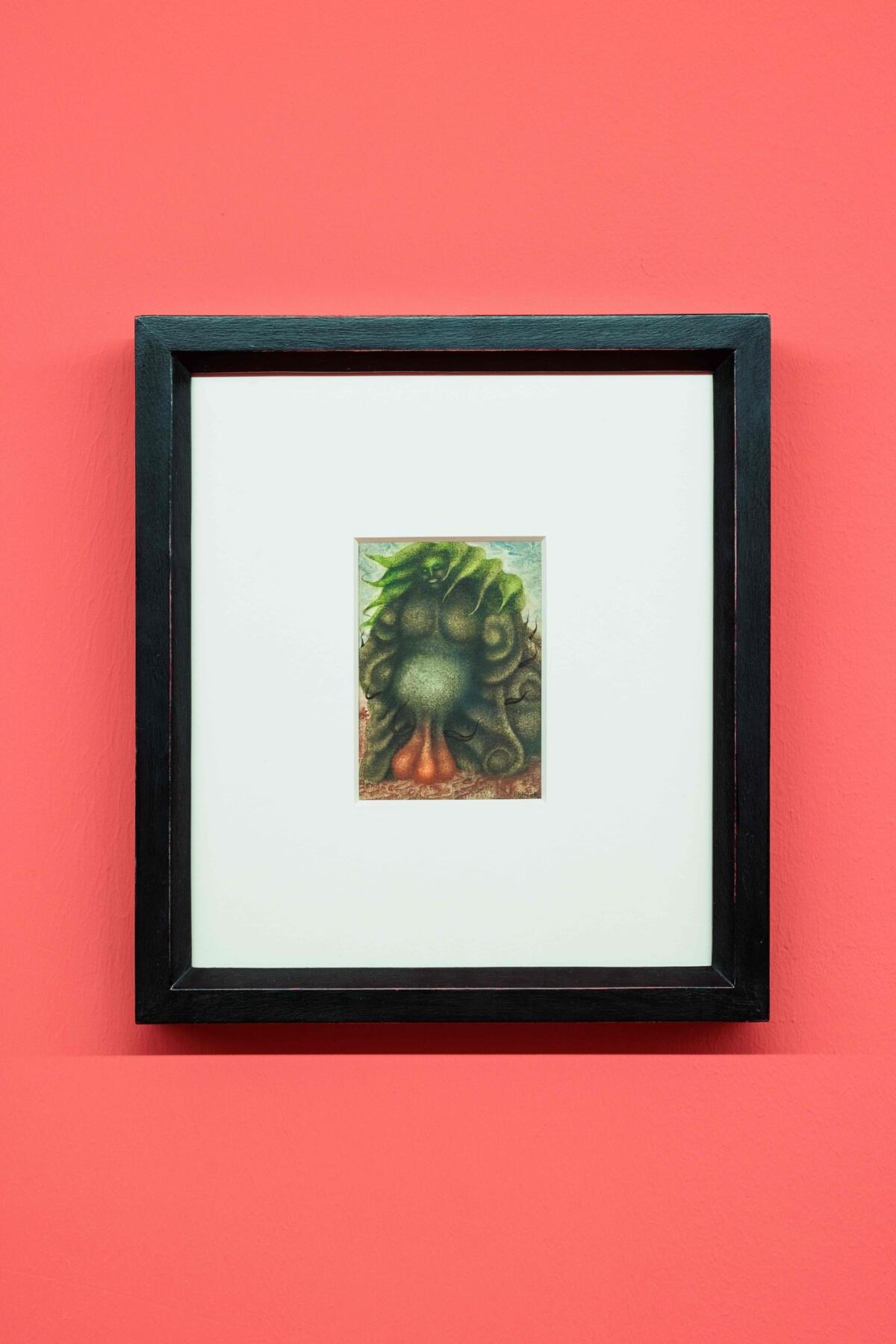
In addition to the founders of the Fantastic Realists, Arik Brauer, Ernst Fuchs, Rudolf Hausner,Wolfgang Hutter, Anton Lehmden, and originally also Helmut Leherb, artists who have not yet been seen in this context, or only in part, are considered. Although these artists are mostly characterized by very different approaches that distinguish them from the fantastic realists, from today’s perspective of distance it is possible to recognize important commonalities that are based on the newly emerging interest in surreal, phantasmagorical movements for which particularly the Austrian context and its diverse history offers a rich body of material.
This Fantastic Surrealists project is intended to counter habitual art history and to update our view of a well-known artistic genre with new and expanded perspectives, in both the exhibition and also a correspondingly critical program of events as a discursive expansion. The fascination for positions that are not yet or no longer part of contemporary canons is a key element in the programming at HALLE FÜR KUNST. Discovery and rediscovery are central to this exhibition experiment about specifically regional trends in surrealism and its potential significance today. Possibly, the presentation will provide a fresh look at a hitherto somewhat fixed and therein transfigured image of a specifically Austrian history, whose diverse after-effects are not to be underestimated and in which its dialogic interactions between the fantastic, the real and the surreal can also be experienced.
Correspondingly and at the same time, the Croatian artist group TARWUK (founded in New York in 2014) is presented, to whom one can ascribe a similar interest in content. In juxtaposition with this contemporary setting, the HALLE FÜR KUNST Steiermark undertakes the attempt to examine works from this “fantastic” period in terms of their presentness.
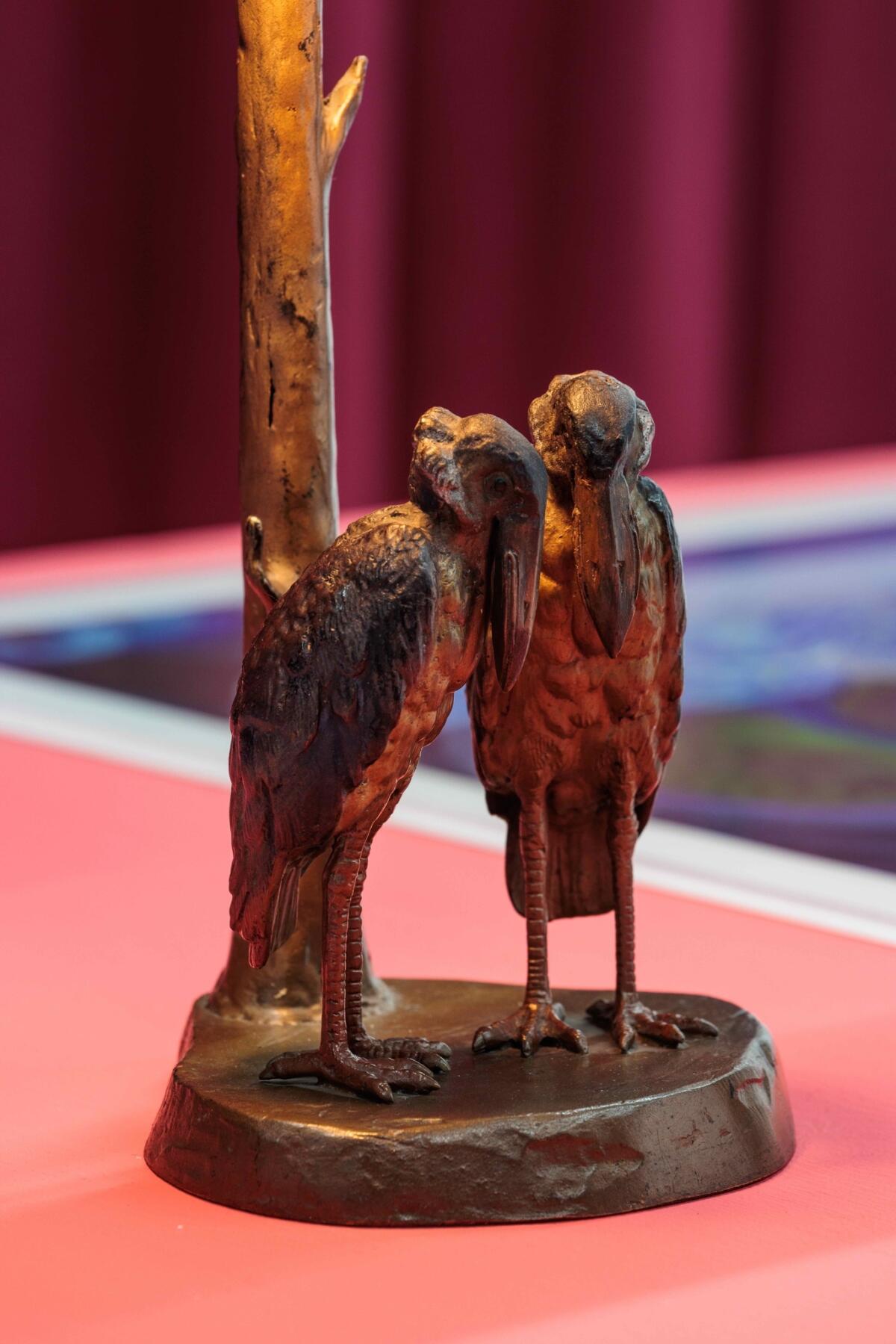
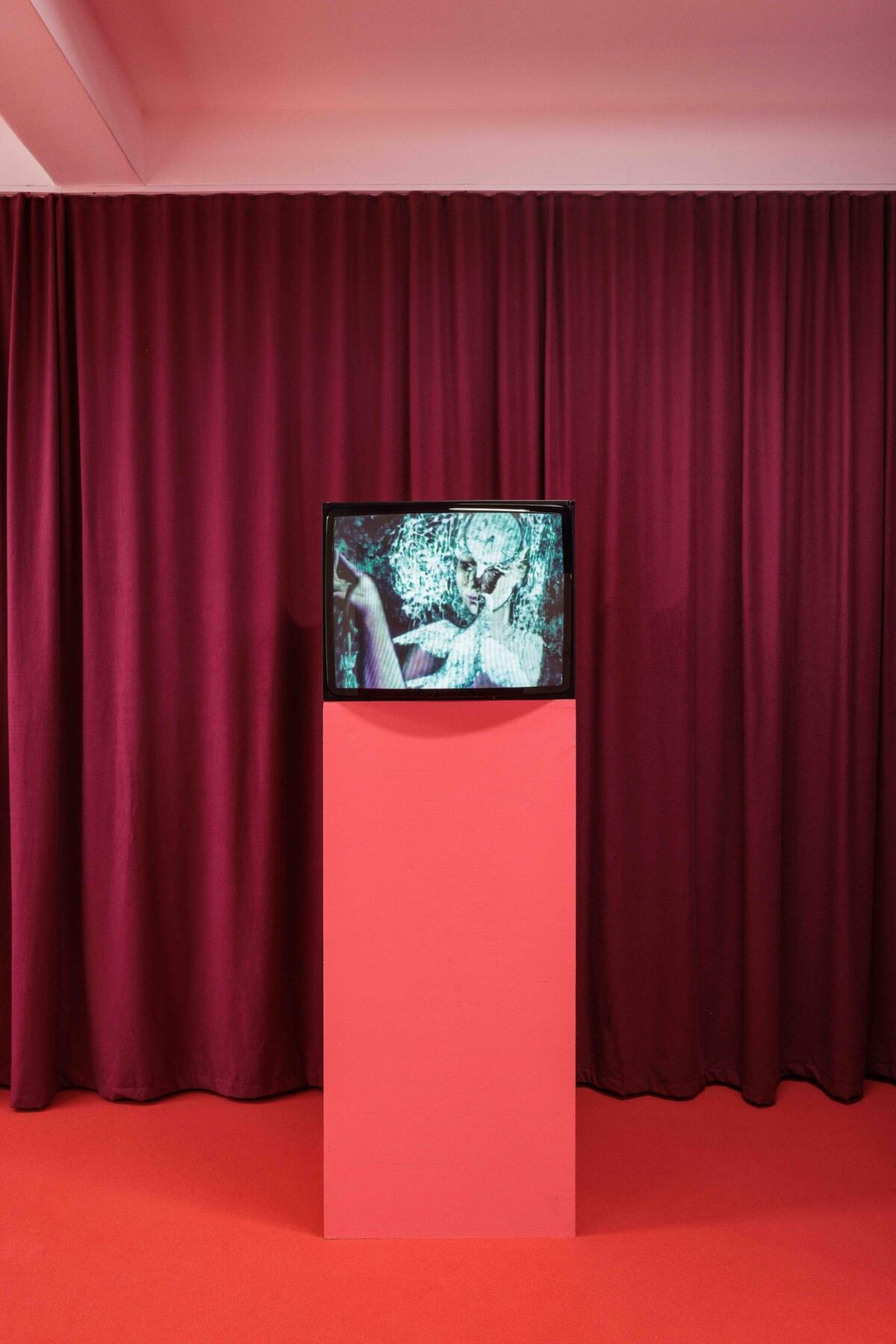

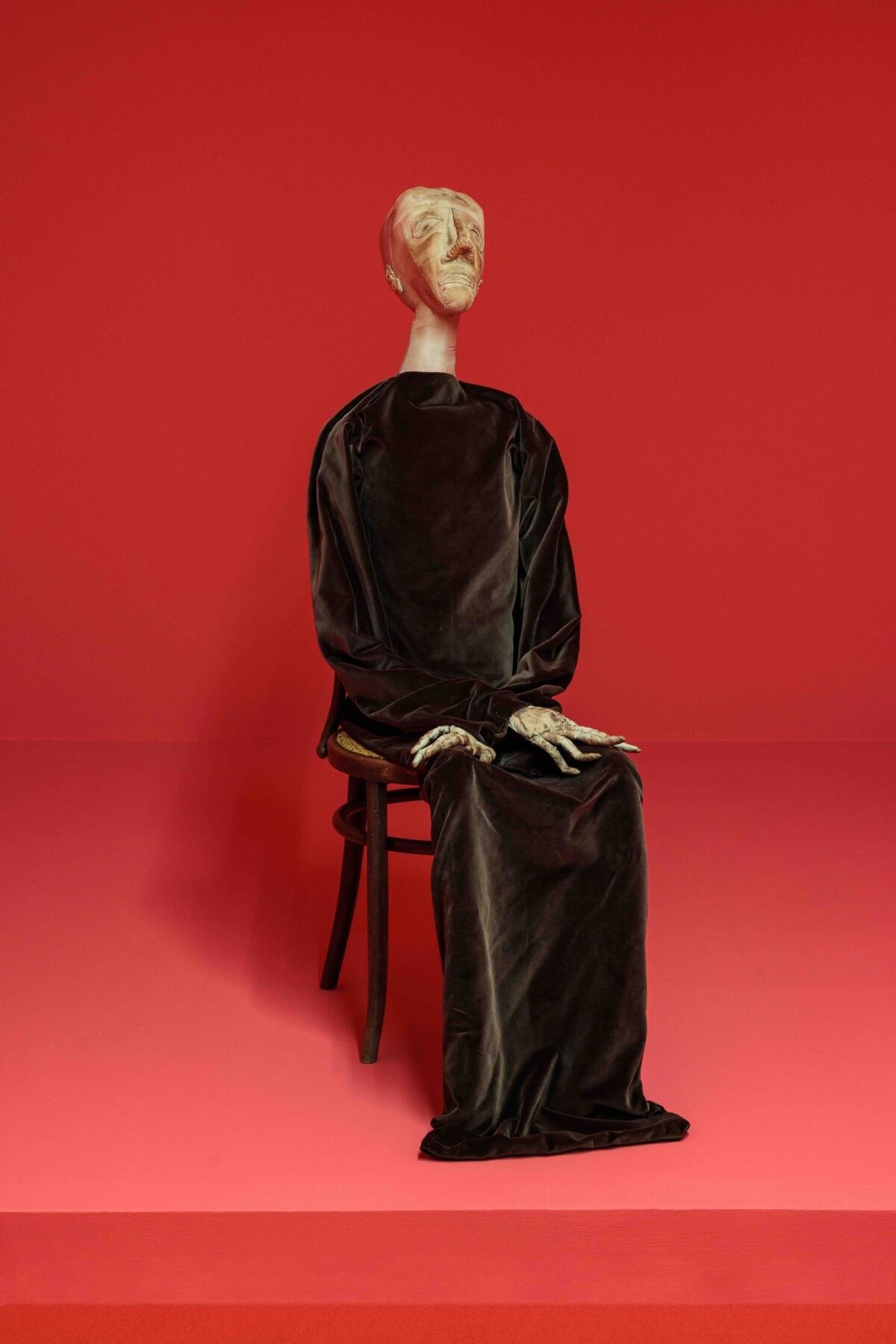


Imprint
| Artist | Eva Aeppli, Walter Behrens, Arik Brauer, Ernst Fuchs, Rudolf Hausner,Wolfgang Hutter, Helmut Leherb, Anton Lehmden, Kurt Regschek, Curt Stenvert |
| Exhibition | Fantastic Surrealists |
| Place / venue | HALLE FÜR KUNST, Graz |
| Dates | 3.6. – 10.9.2023 |
| Curated by | Sandro Droschl |
| Photos | kunst-dokumentation.com |
| Index | Anton Lehmden Arik Brauer Curt Stenvert Ernst Fuchs Eva Aeppli Graz HALLE FÜR KUNST Helmut Leherb Kurt Regschek Rudolf Hausner Sandro Droschl Walter Behrens Wolfgang Hutter |
